Frequently Asked Questions
1. What is the appeal of knife collecting?
2. What types of hunting knives should I consider for my collection?
3. How can I enhance my knowledge about knives and collecting?
4. Where can I find quality hunting knives to add to my collection?
5. What are some maintenance tips for keeping my knife collection in good condition?
Welcome to the fascinating world of knife collecting! Whether you are looking to invest in high-quality hunting knives or simply love the craftsmanship behind these tools, starting a knife collection can be an exciting journey. This guide is designed to provide new collectors with valuable tips, insights, and knowledge to enhance their collecting experience.
Understanding the Appeal of Knife Collecting
Knife collecting has become increasingly popular among enthusiasts and hobbyists alike. The allure of collecting hunting knives stems from several factors:
- Craftsmanship: Many collectors appreciate the art and skill that goes into creating each knife.
- History: Each knife tells a story, whether it's a traditional hunting knife or a modern piece.
- Investment: High-quality knives can appreciate in value over time.
- Community: Joining a community of fellow collectors provides camaraderie and shared knowledge.
Setting Your Collecting Focus
Before diving into the world of hunting knives, it’s essential to define your focus as a collector. Consider the following points:
Type of Knives
Hunting knives come in various styles, including fixed blade, folding, and multi-tools. Determine which type resonates most with you. Each type has its own uses and appeal:
- Fixed Blade Knives: Known for their strength and durability, these are often favored by hunters.
- Folding Knives: Compact and portable, ideal for carrying during outdoor activities.
- Multi-Tools: Versatile options that combine multiple functions in one device.
Historical vs. Modern Knives
As a collector, you may find yourself drawn to historical knives that document the evolution of design and functionality, or to modern hunting knives that incorporate cutting-edge technology and materials. Each choice has its own unique set of stories and designs that can add richness to your collection.
Researching and Learning
One of the most crucial aspects of collecting knives is educating yourself about the different brands, makers, and types. Here are some tips to enhance your knowledge:
Read Books and Articles
Numerous books and online articles exist that focus on knife history, types, and collecting tips. Reading these resources can deepen your understanding and appreciation for hunting knives.
Join Knife Forums and Collectors Groups
Online forums and local collectors' clubs can be invaluable resources. They provide a platform for you to ask questions, share your knowledge, and learn from seasoned collectors.
Where to Find Hunting Knives
Your collection can quickly grow based on where you decide to purchase knives. Keep these options in mind:
Antique Stores and Flea Markets
Searching for hidden gems in antique stores or flea markets can yield rare finds. Many collectors find that some of the best pieces come from unexpected places.
Knife Shows and Expos
Participating in knife shows and expos can connect you with makers, dealers, and other collectors. These events provide opportunities to see and handle knives up close, helping you make informed purchasing decisions.
Evaluating Knife Quality
Understanding knife quality is key to building a respectable collection. Here are important factors to consider:
Material Quality
The material used for the blade and handle can greatly affect the knife’s longevity and functionality. Common materials include:
- Steel: Look for types like stainless, carbon, and tool steel.
- Handle Materials: Options range from wood to synthetic composites, each offering different aesthetics and grip qualities.
Construction Techniques
Learn about the different construction methods (such as full tang or partial tang) as they affect durability and balance. A full tang knife typically offers better strength and stability, especially in hunting knives.
Maintaining Your Collection
To protect your investment, proper maintenance is essential. Here are some essential maintenance tips for your hunting knives:
Cleaning
After use, knives should be cleaned to remove residues and prevent corrosion. Use mild soap and water, then dry thoroughly.
Sharpening
A sharp knife is not only safer but more effective. Invest in a good sharpening tool or stone and practice your technique to maintain the blade’s edge.
Storing Your Knives
How you store your knives can have a significant impact on their condition. Here are some storage options to consider:
Display Cases
For showcasing your favorite pieces, a display case adds a decorative touch while protecting your knives from dust and damage.
Storage Boxes
A dedicated storage box ensures that knives are organized and safely stored. Look for moisture-resistant materials to prevent corrosion.
Developing Your Eye for Collecting
As you become more familiar with hunting knives, you'll start developing your preferences and eye for detail. Here are some tips for cultivating that knowledge:
Attend Workshops
Consider attending workshops led by experts who can teach you vital information about knife design, functions, and styles. This can be a fun way to deepen your understanding.
Document Your Collection
Keep a record of your collection, including details such as date of purchase, prices, and condition notes. Documentation helps in tracking the growth of your collection and assists in possible future sales.
Understanding the Market
Knife collecting can also be a smart investment opportunity. Familiarize yourself with the buying and selling trends for hunting knives, and keep an eye on auctions for your favorite brands.
Value Trends
Research which brands and types of knives are gaining popularity. Understanding market trends can help you make informed choices about which knives to buy for your collection.
Connecting with Other Collectors
Engaging with a community of fellow knife enthusiasts can bring rewarding experiences:
Knife Expos and Shows
Attending these events allows collectors to network, share knowledge, and discover new additions to their collections. It’s a perfect opportunity to meet like-minded individuals and learn from the best.
Online Communities
Join social media groups or online platforms focused on knife collecting. Sharing your experiences, trade, and tips can enhance your passion for collecting.
Beyond the Knives: Accessories and Gear
As your collection grows, so might your interest in accessories that can complement your knives:
Knife Rolls and Sheaths
Surely you’ll want to protect your prized pieces with quality sheaths or rolls, especially when traveling or storing them away for the long term.
Collecting Other Gear
You might also explore tools that enhance your overall experience, such as sharpening stones, cleaning kits, or display accessories.
Embrace the Journey of Knife Collecting
Embarking on the adventure of collecting hunting knives can be one of the most rewarding pursuits you ever take on. Keep the learning spirit alive, maintain your knives well, and network with others who share your passion. The world of knife collecting is rich with history, community, and craftsmanship, offering endless opportunities to explore and discover.
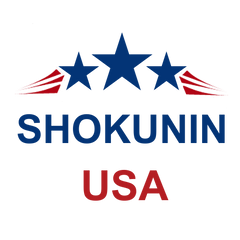







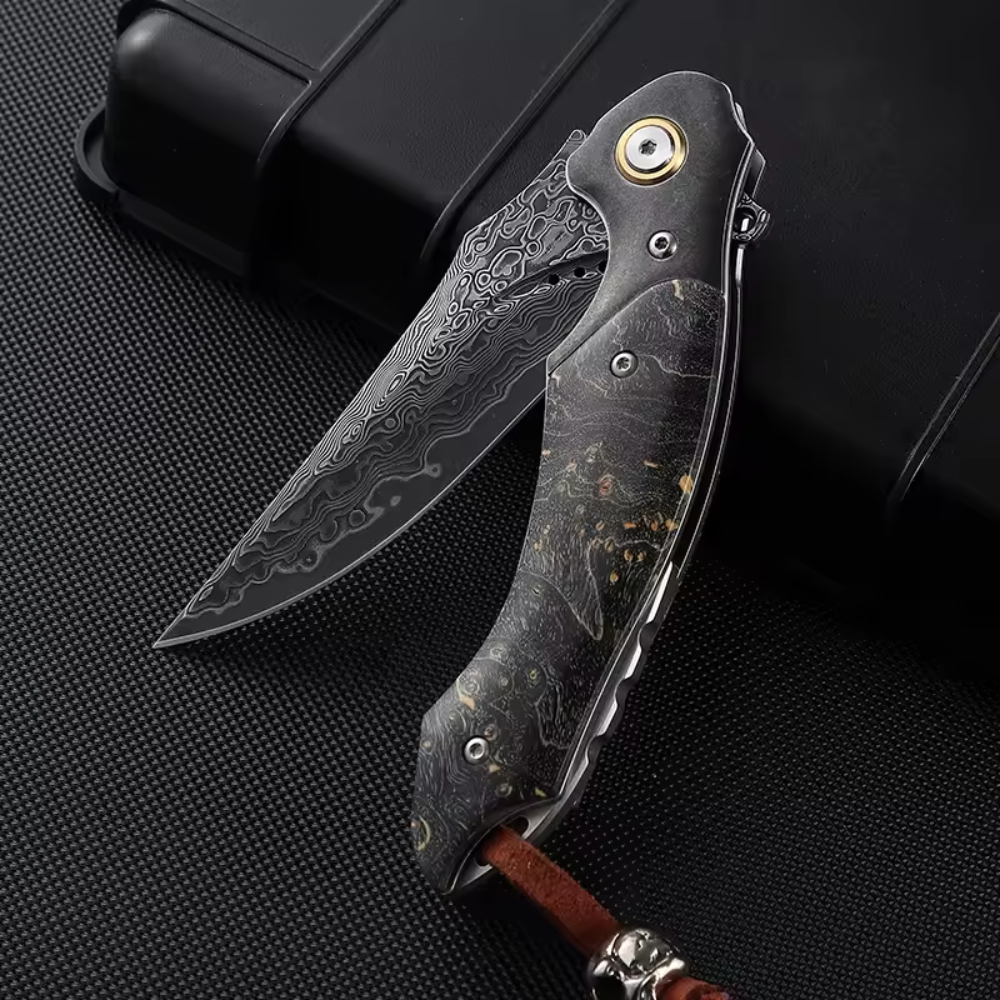
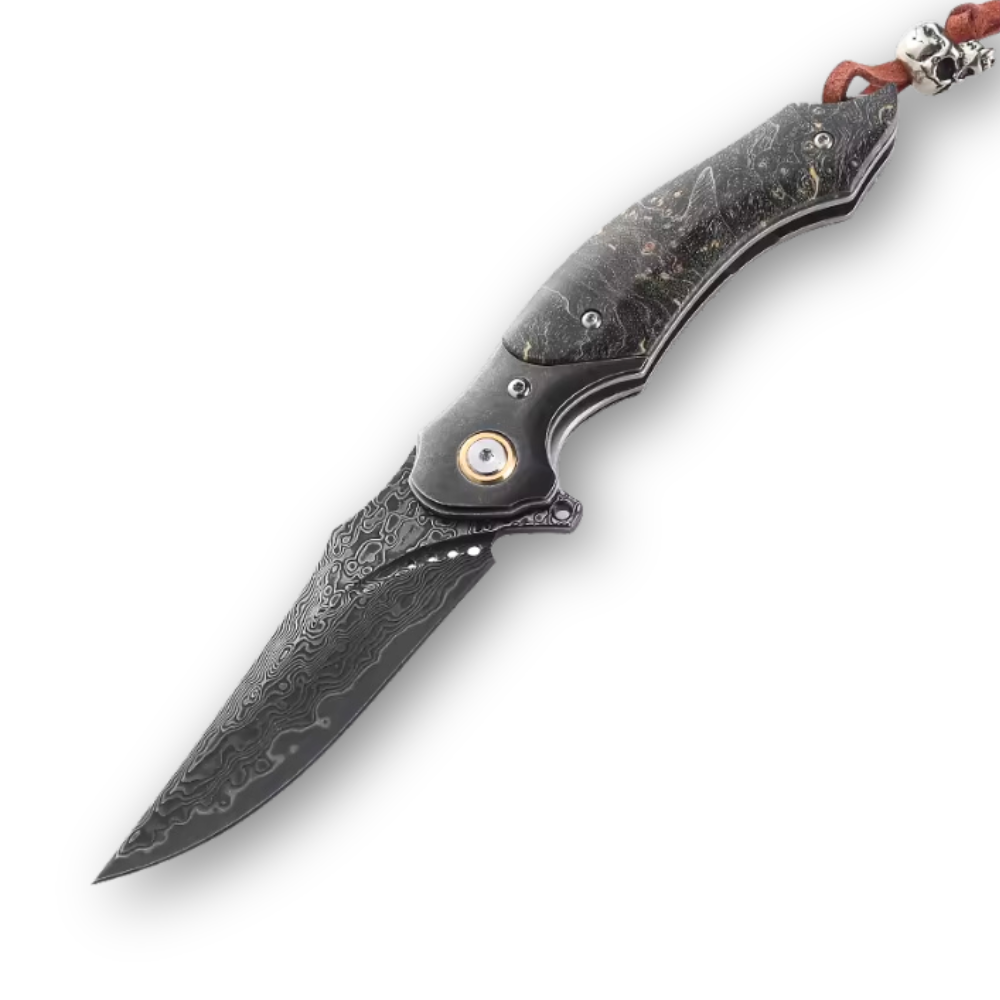
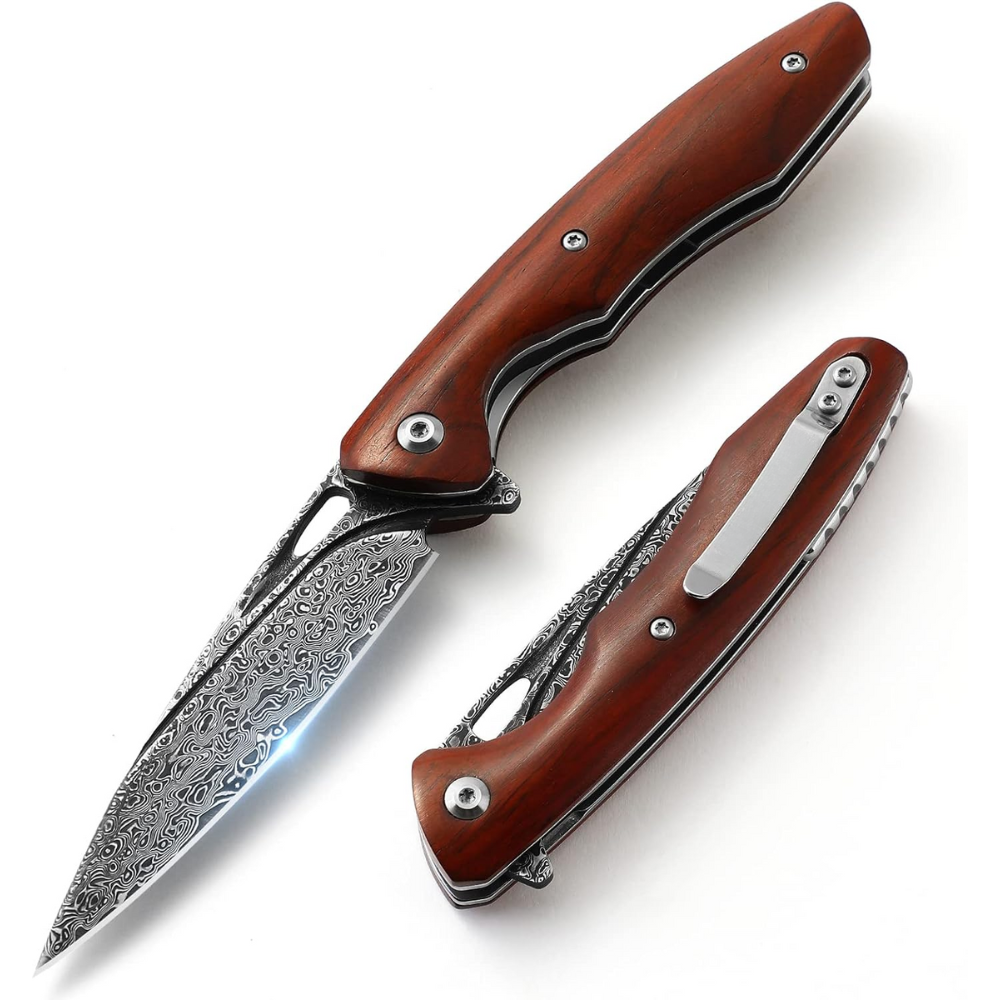









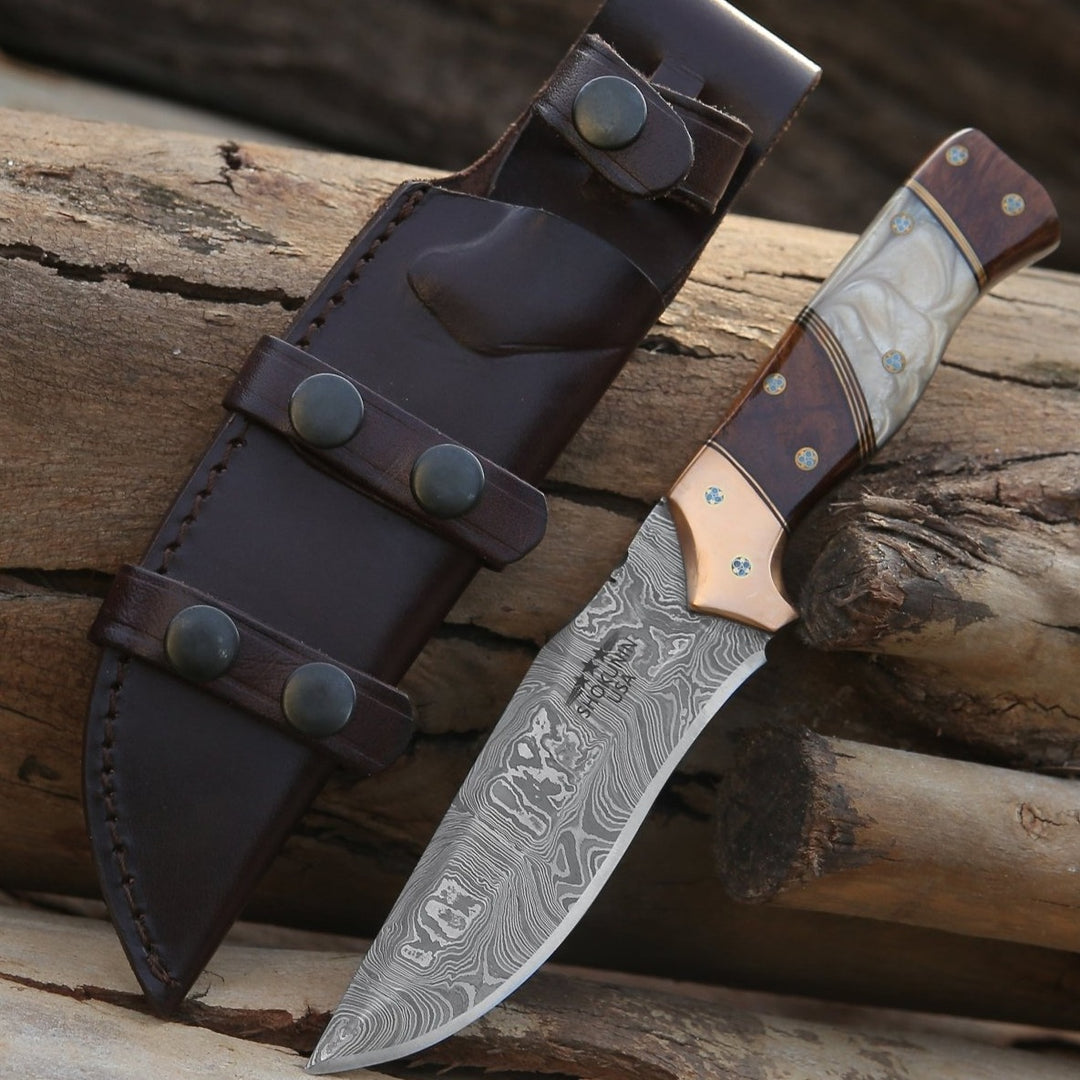
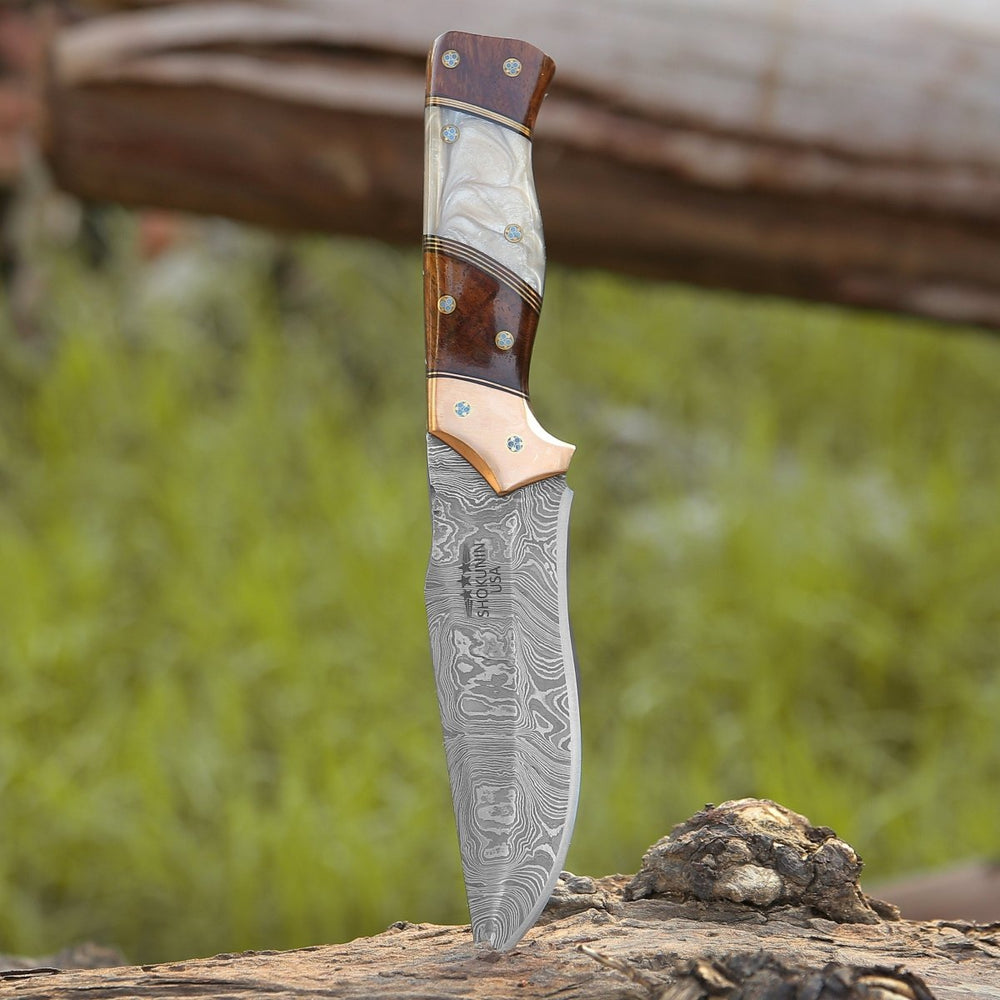


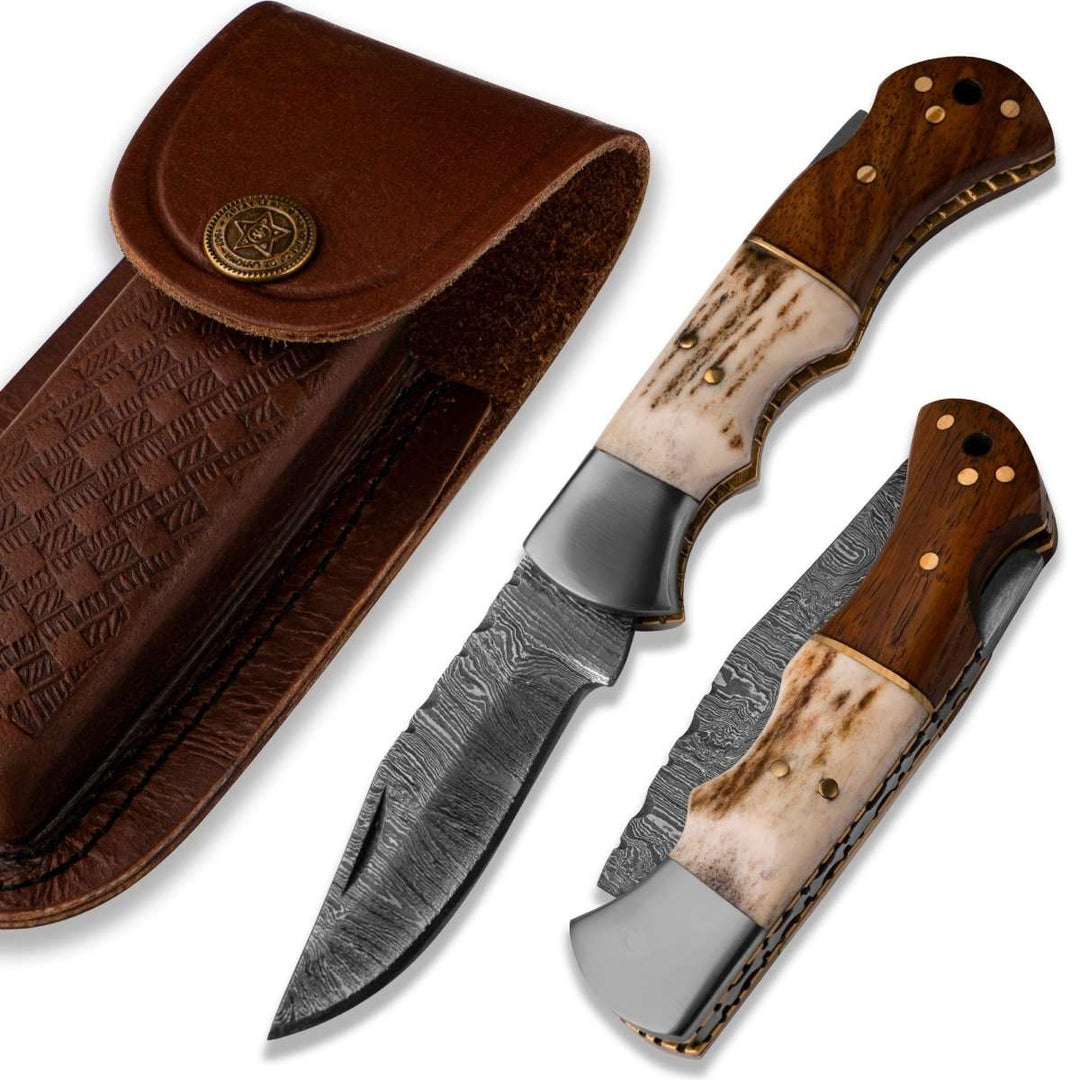
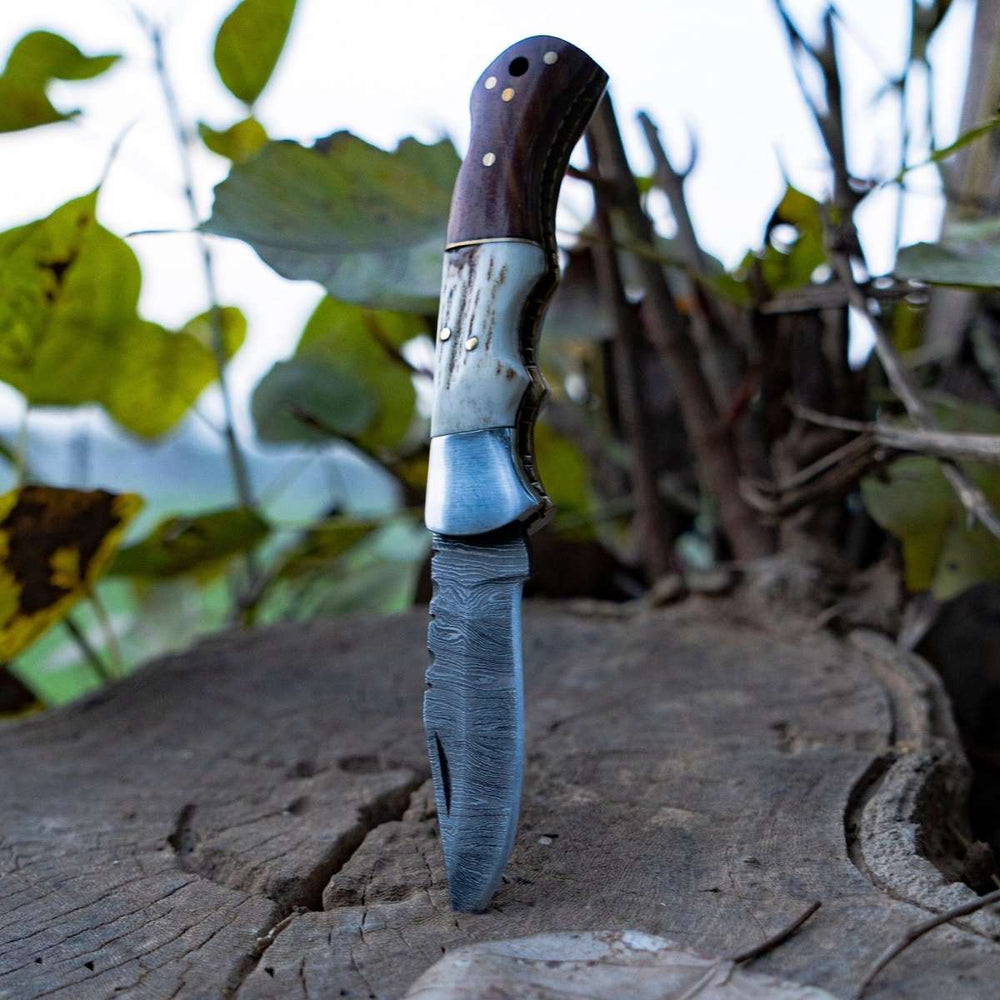




Leave a comment